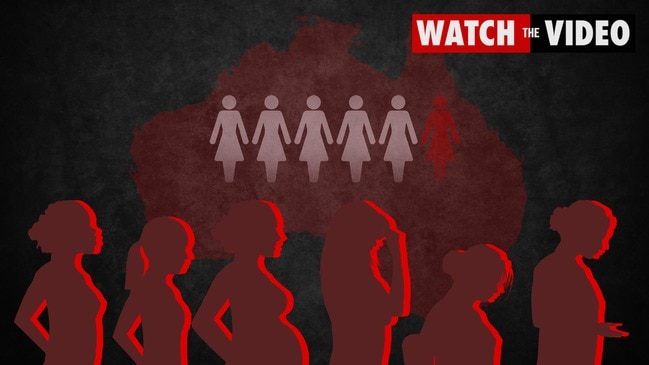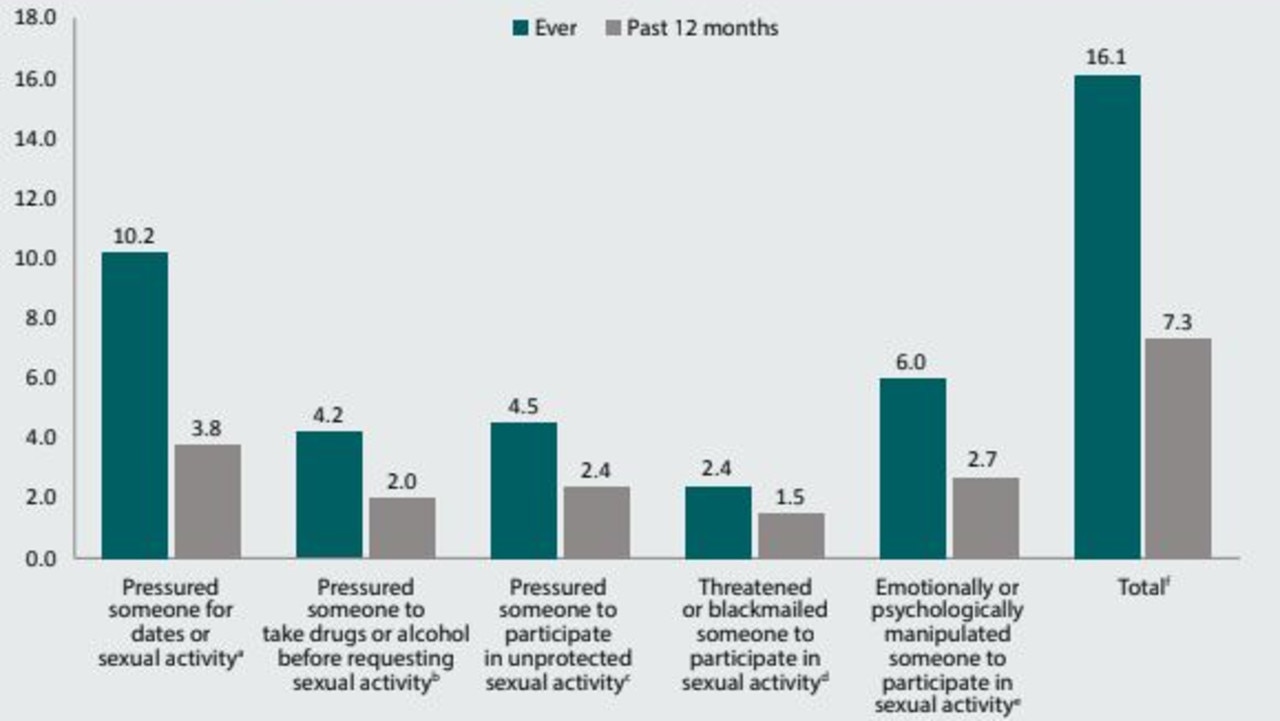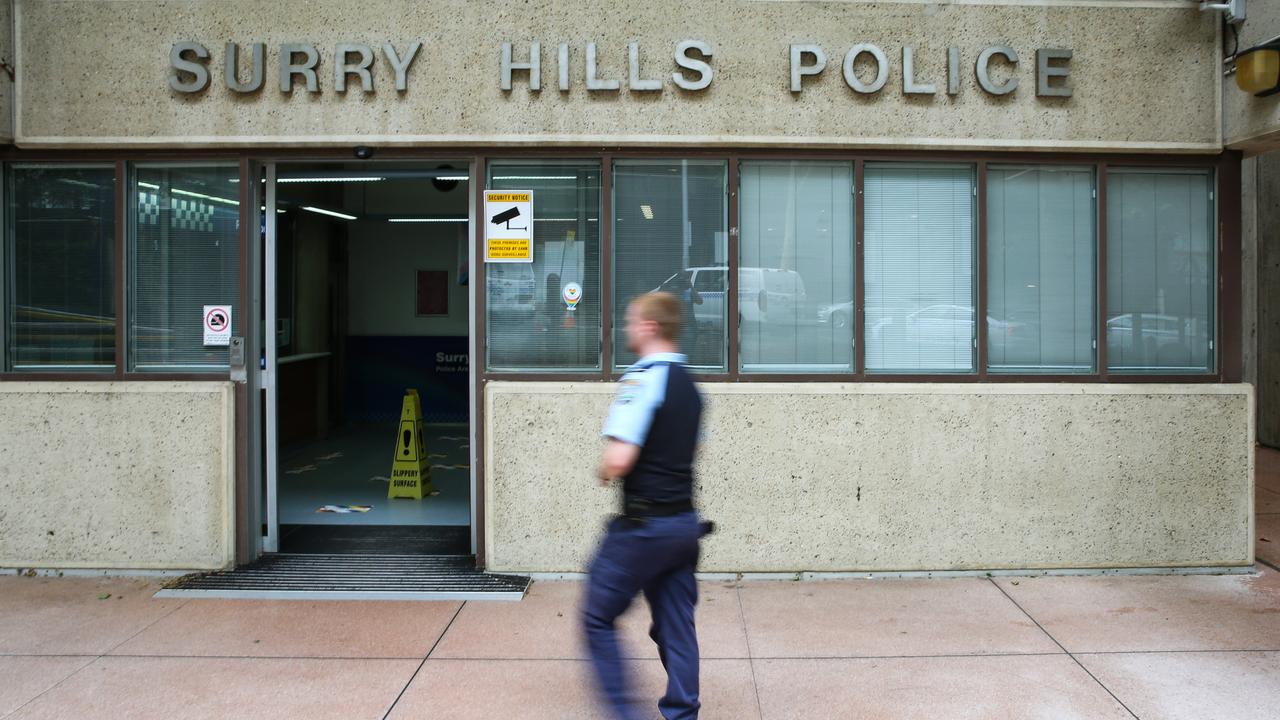More than 1 in 5 Australians have perpetrated an act of sexual violence, survey reveals
Nearly a quarter of Australians have admitted to carrying out a disturbing act, according to a new survey.

One in five Australians has committed an act of sexual violence since turning 18, a new report has revealed.
Based on a survey of 5076 adults aged 18 to 45, the findings of which were released on Tuesday night by the Australian Institute of Criminology (AIC), the statistics offer new insight into the staggering prevalence of sexual violence, AIC Deputy Director, Dr Rick Brown, said.
Until now, our national understanding of the issue has primarily been framed by the rates of self-reported victimisation. The most recent Personal Safety Survey indicated one in five adult women and one in 15 men had experienced sexual violence since the age of 15.
“The estimates in this study are drawn on self-reported data and may overcome many of the issues inherent in official data held by police and criminal justice agencies, which have been relied upon to gauge the prevalence of sexual violence perpetration,” Dr Brown said.

Conviction rates of sexual assault in Australia are depressingly low, at just 1.5 per cent – meaning the act has essentially been decriminalised.
Perpetrators who have contact with the criminal justice system, then, “represent only a small proportion of those” who have ever enacted sexual violence, Dr Brown said.
“The vast majority of offences and perpetrators are never reported to police, and attrition rates are high among cases of sexual violence that do come to the attention of police, meaning few actually progress to prosecution and conviction.”
Of those adults who had perpetrated sexual violence, one in 10 (9.9 per cent) did so in the past 12 months, the AIC survey found.
The most common form of this was pressuring someone for a date or sex (3.8 per cent); followed by emotionally or psychologically manipulating someone to participate in a sexual activity (2.7 per cent); non-consensual kissing (2.6 per cent); non-consensual touching (2.4 per cent); engaging in image-based sexual abuse (2.1 per cent); and rape (1.8 per cent).
Comparisons of men and women’s perpetration of the acts reinforced the gendered nature of sexual violence, the survey found: men were between two and five times more likely than women to commit all forms of it examined by the AIC.

They were also more likely to enact sexual violence more frequently than women, and “were significantly more likely than women to have perpetrated more than one form of sexual violence”, the study reads.
“As such, the results suggest not only that men were more likely to perpetrate sexual violence than women, but also that they perpetrated more serious forms of violence when they did, and possibly more frequently,” it continues.
Dr Brown said the focus on perpetration estimates of sexual violence is not only important for understanding the drivers of perpetration, but for concentrating prevention efforts on perpetrators rather than victims.
“These findings fill an important gap in the Australian evidence base, while also contributing to efforts to monitor and evaluate approaches to reducing sexual violence by providing more accurate estimates of its rate of perpetration,” he said.

It comes after the Australian Bureau of Statistics in June revealed that national sexual assault reports to police were at a three-decade high.
There were 35,138 victims of sexual assault recorded across Australia in 2023, according to the data, an increase of 11 per cent on 2022 – making it the 12th year in a row the number had risen.
Full Stop Australia chief executive Karen Bevan said the data underscored a broader crisis in sexual violence – but warned the “disturbing” figures were just the tip of the iceberg, given that 92 per cent of victim-survivors don’t report their assaults to law enforcement.
“The epidemic of sexual violence in Australia is more grave than these numbers suggest,” Ms Bevan said.
“The increasing demand on sexual violence frontline services underscores the critical need for more resourcing and funding in response, recovery, and long-term healing and support.”






